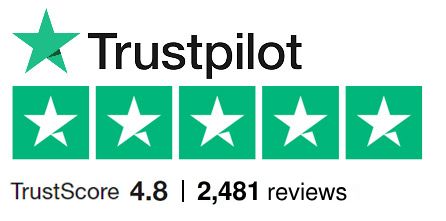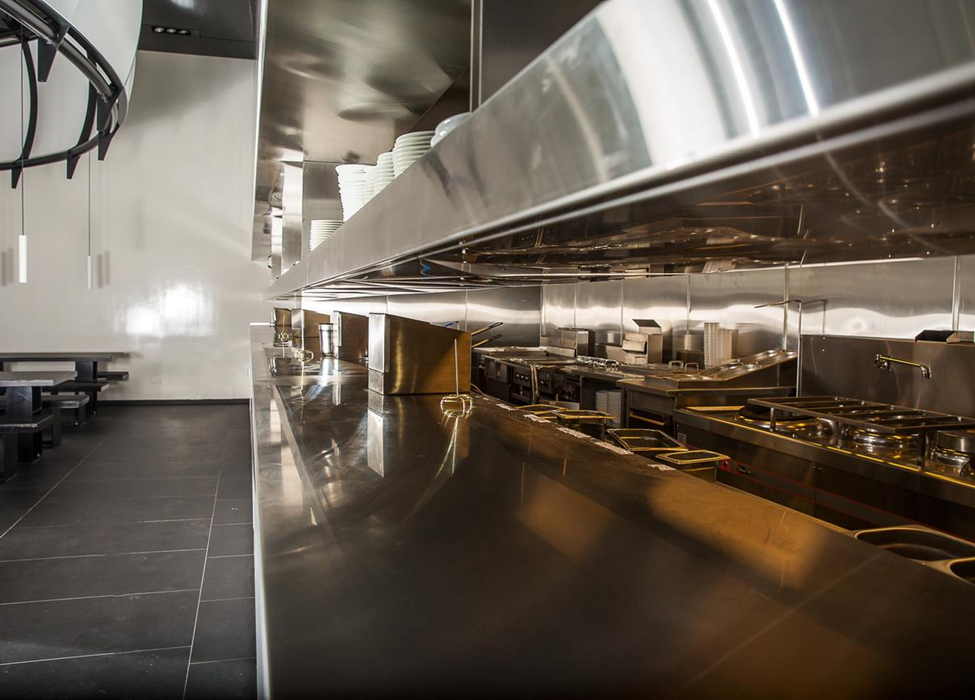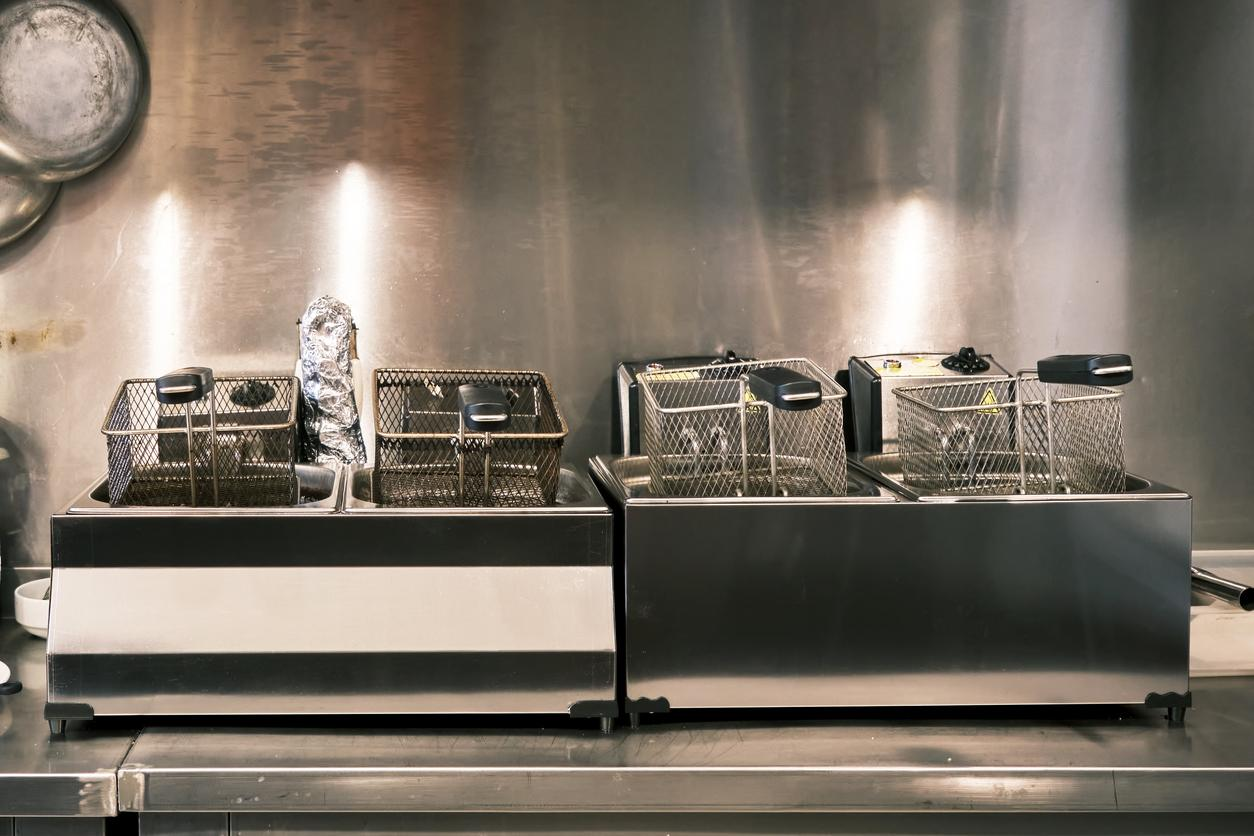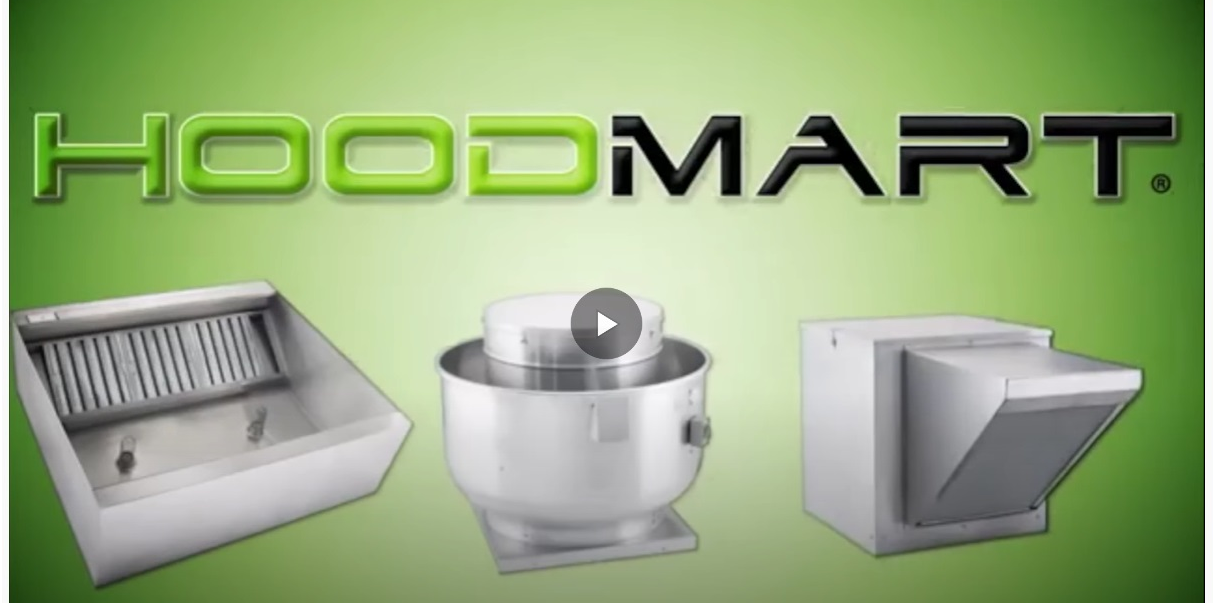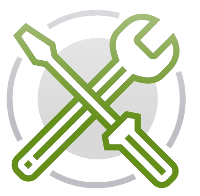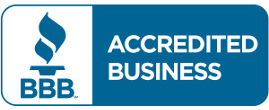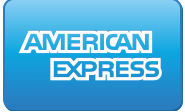We use cookies to help improve our services, make personal offers, and enhance your experience. If you do not accept optional cookies below, your experience may be affected. If you want to know more, please read the Aprende más.
Kitchen Fire Suppression System Inspection Checklist | Hoodmart
Kitchen Fire Suppression System Inspection Checklist | Hoodmart
- July 07, 2023
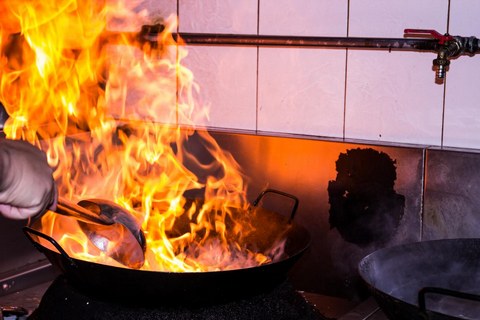
Today, the experts at Hoodmart will provide you with a general guideline for inspecting your kitchen fire suppression system. While this checklist can help you prepare for inspections, it's important to note that specific requirements may vary. Consult local authorities and experts for accurate and up-to-date information. Let's dive into the key points to consider when inspecting your kitchen fire suppression system!
Understand the Basics
Fire safety is imperative in a commercial kitchen. A baseline place to start is having regular conversations with staff about fire safety and emergency procedures. Another foundational piece of the fire safety equation? It’s important to familiarize yourself with the different components of your kitchen fire suppression system. This typically includes the hood, ductwork, nozzles, detectors, control panel, and the agent storage container. Each of these components plays a crucial role in the system's effective functioning.
Verify Proper Installation
Inspect the installation of the fire suppression system to ensure it meets the manufacturer's guidelines and local regulations. Ensure the system is appropriately positioned and securely mounted and all connections are tight and intact. Regular fire suppression system inspections can be scheduled through local fire safety coinmpanies. Additionally, confirm that the system is installed to protect all high-risk areas in your kitchen. Working with a hood manufacturer like Hoodmart is the best way to ensure your system is appropriately built and installed for your unique kitchen and cooking method.
Examine the Hood and Ductwork
Inspect the hood and ductwork for any signs of damage, excessive grease buildup, or corrosion. Pay attention to areas that are difficult to access and clean, as they may require extra attention. Grease accumulation poses a significant fire hazard, so keeping the hood and ductwork clean and free from obstructions is crucial. We recommend that you work with a local hood and ductwork cleaning company.
Test Your Detection Systems
Test the detection systems to ensure they are functioning correctly. Activate the fire detection system and observe if it triggers the alarm and shuts down fuel sources (e.g., gas or electricity) as intended. Check that all detectors, such as heat or flame sensors, are correctly positioned and responsive.
Evaluate Nozzles and Agent Distribution
Inspect the nozzles and agent distribution system for any blockages or damage. Ensure the nozzles are properly aligned and aimed at the appropriate areas, including cooking appliances and high-risk zones. It's essential to have uniform and adequate coverage to suppress fires effectively.
Review Maintenance and Service Records
Check the maintenance and service records to ensure that qualified professionals regularly inspect, service, and maintain the system. Maintain a log of all inspections, repairs, and maintenance activities as proof of compliance and responsible upkeep. Having this documentation is essential, as only licensed technicians should be servicing your commercial kitchen exhaust and fire suppression systems.
Test the Control Panel
Test the control panel to verify its functionality. Ensure that it displays the correct status, provides appropriate alerts, and allows you to activate or deactivate the system manually. Familiarize yourself with the control panel's features and operation and understand how it functions in the event of a fire.
Train Staff and Document Training
At the beginning of the article, we stressed the importance of the entire kitchen staff being well-versed in fire safety procedures. Regular training, including the operation of the fire suppression system and a physical training manual, is a good starting point. Keep records of training sessions to demonstrate your commitment to safety and compliance. Well-trained staff can effectively respond to emergencies and minimize potential risks.
Conclusion
Inspecting your kitchen fire suppression system is essential to maintaining a safe working environment. While this checklist provides a general guideline, remember to consult local authorities, regulations, and experts for specific requirements in your area. Regular inspections, proper maintenance, and staff training are key to ensuring the reliability and effectiveness of your fire suppression system. Stay proactive, and prioritize fire safety to protect your kitchen, employees, and business.
Questions? The experts at Hoodmart have answers! Contact us today!
Disclaimer: The information provided in this article is for general guidance purposes only and should not be construed as legal advice or a guarantee to pass an inspection. Always consult with local authorities and professionals to ensure compliance with regulations and best practices.



